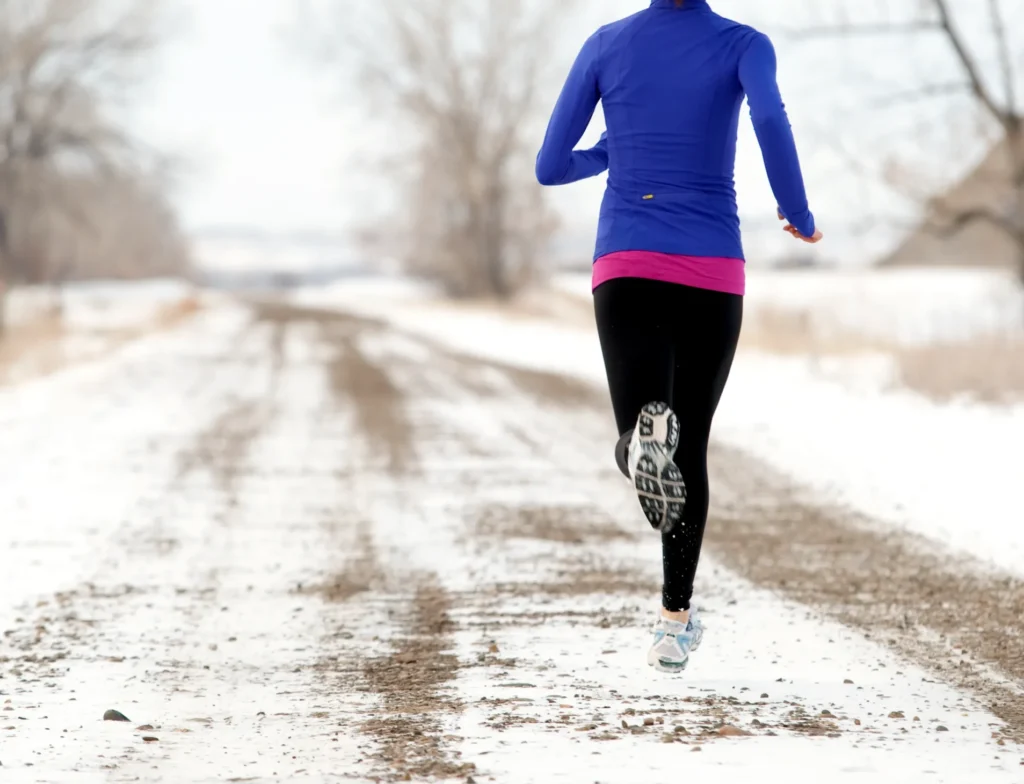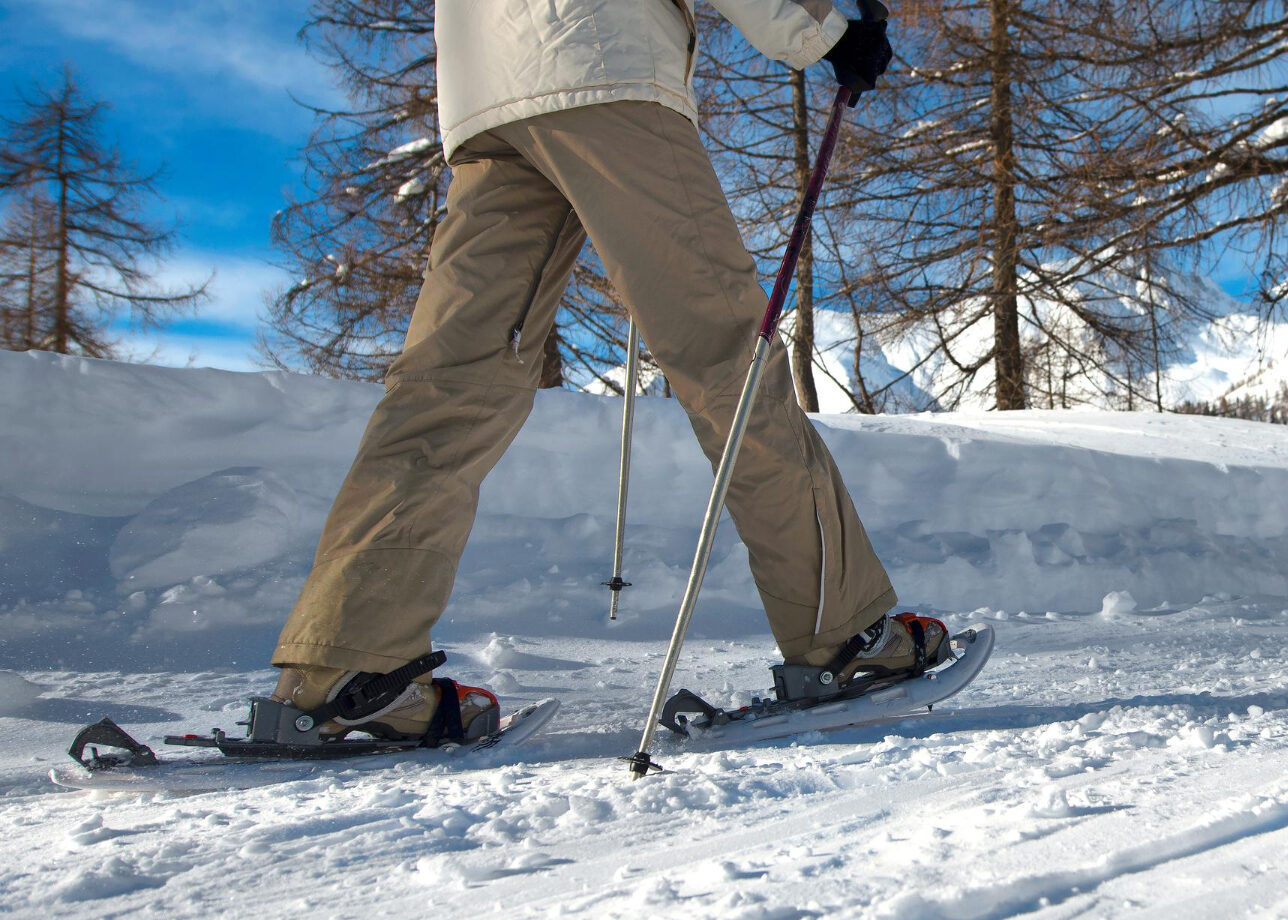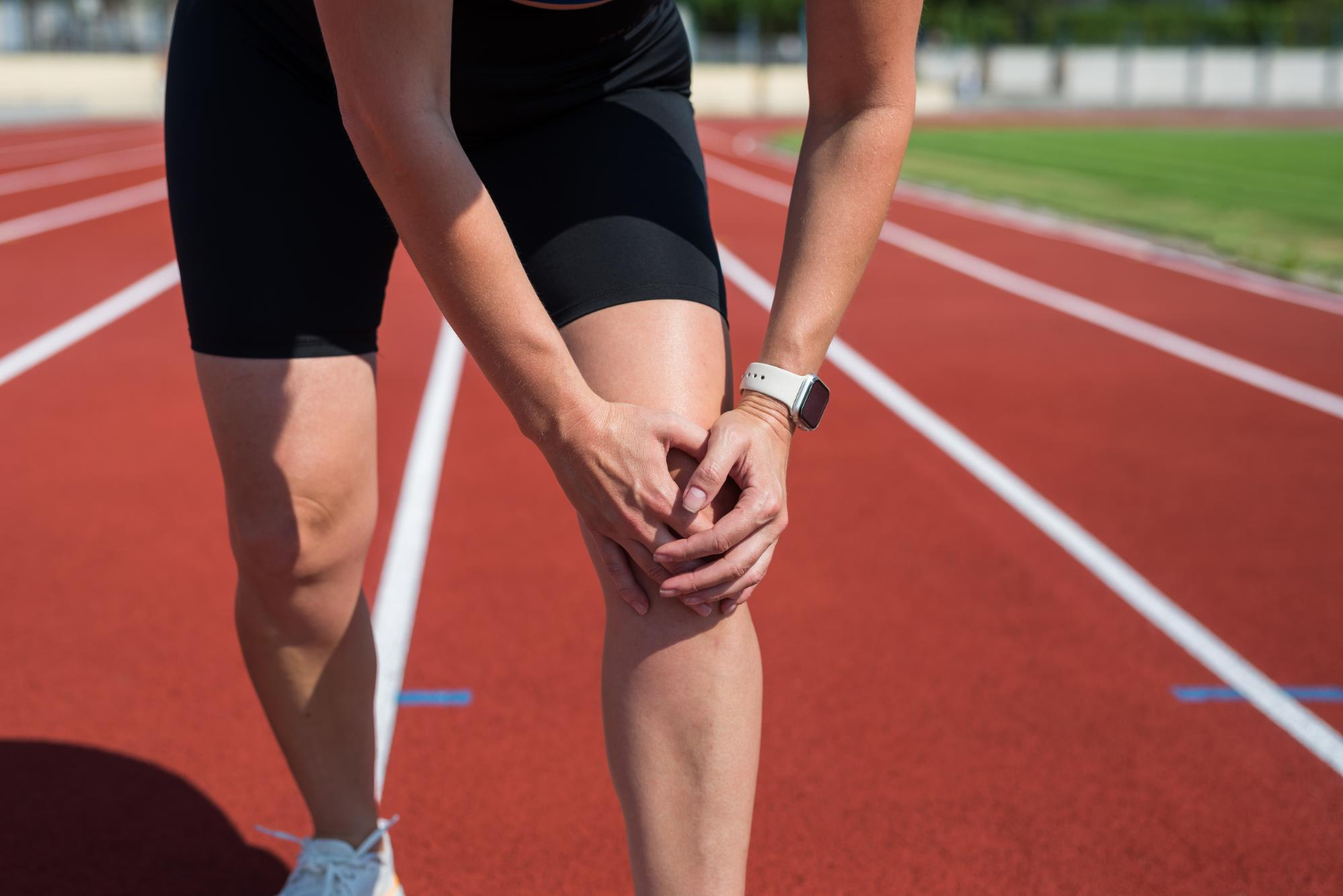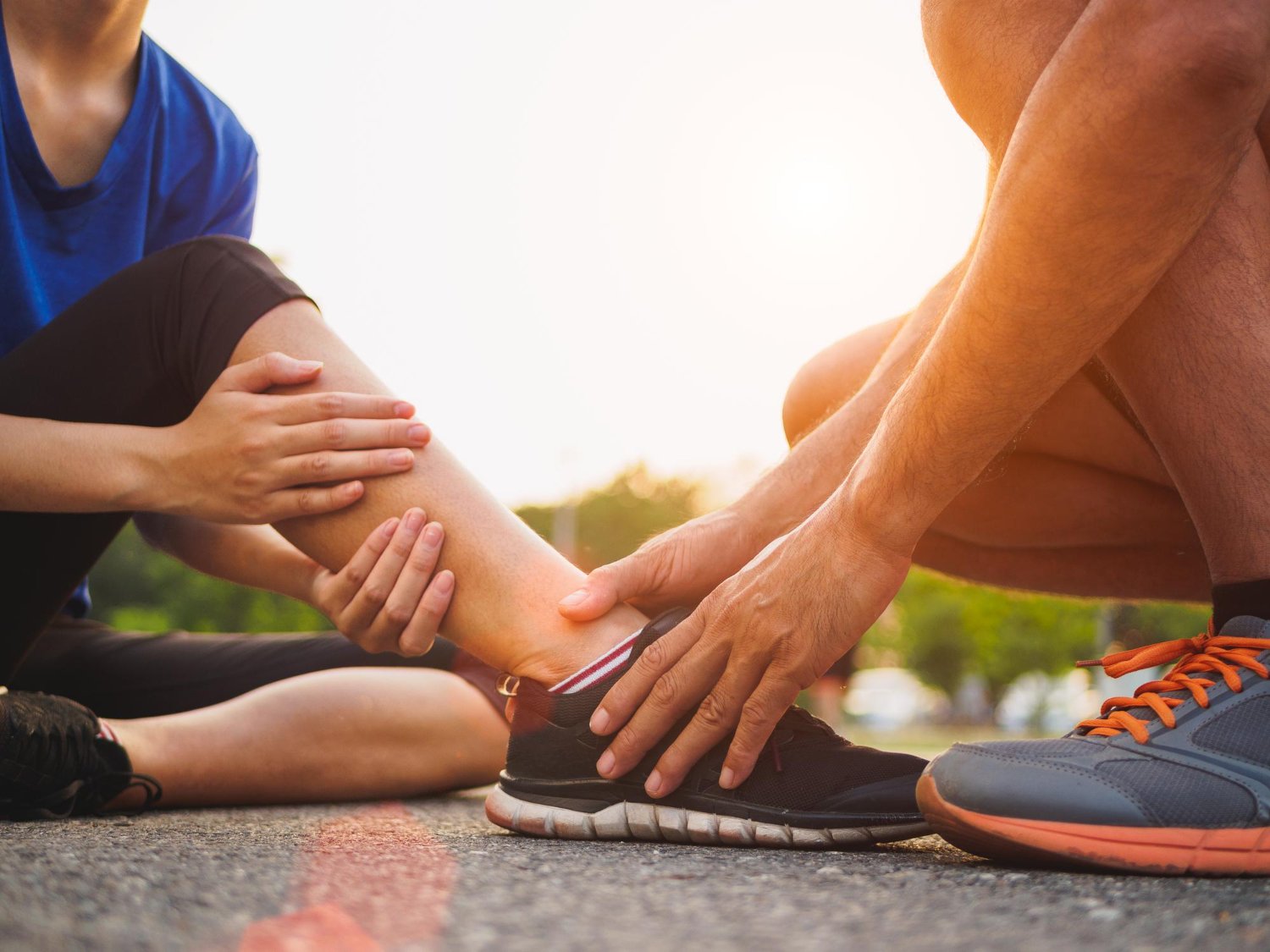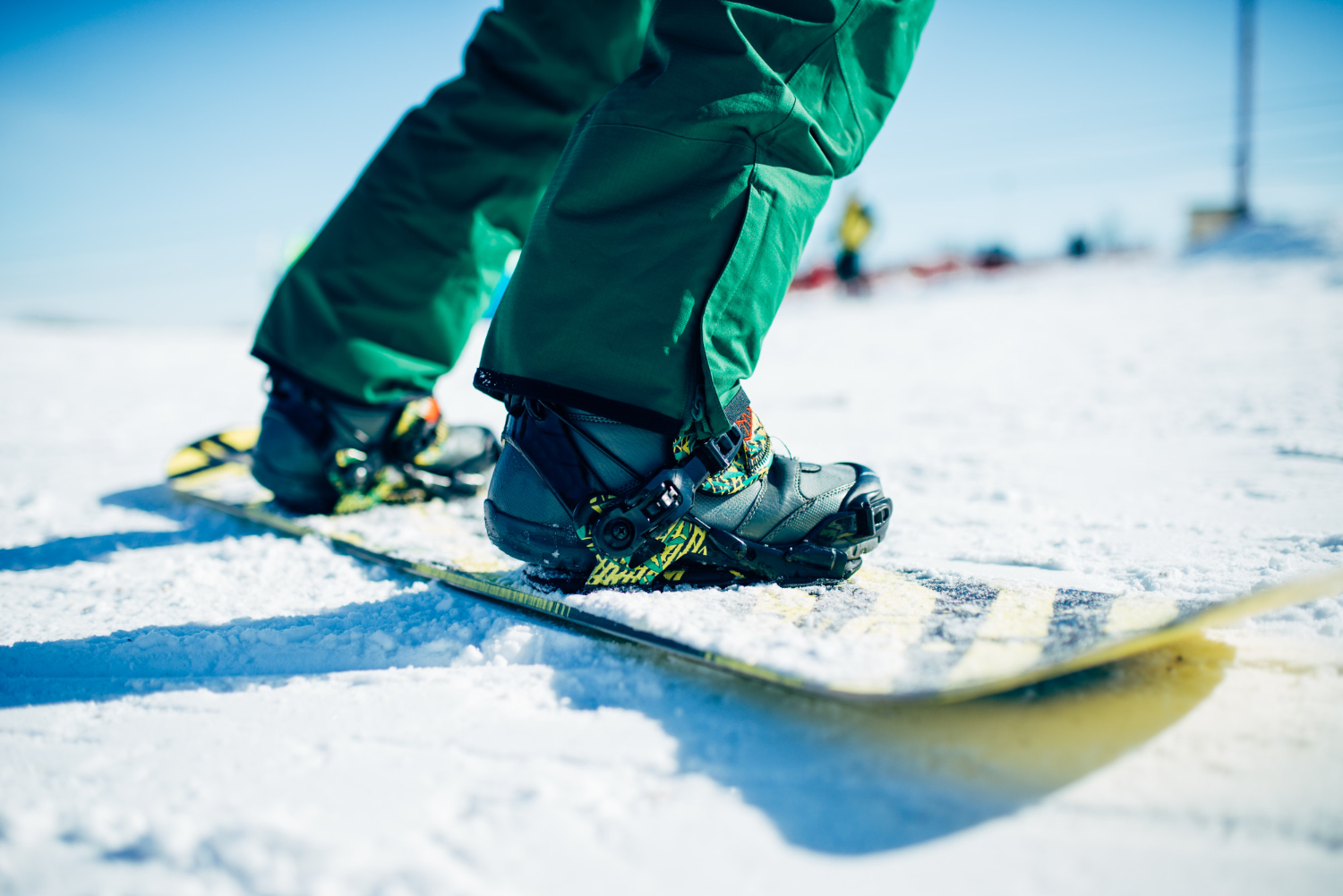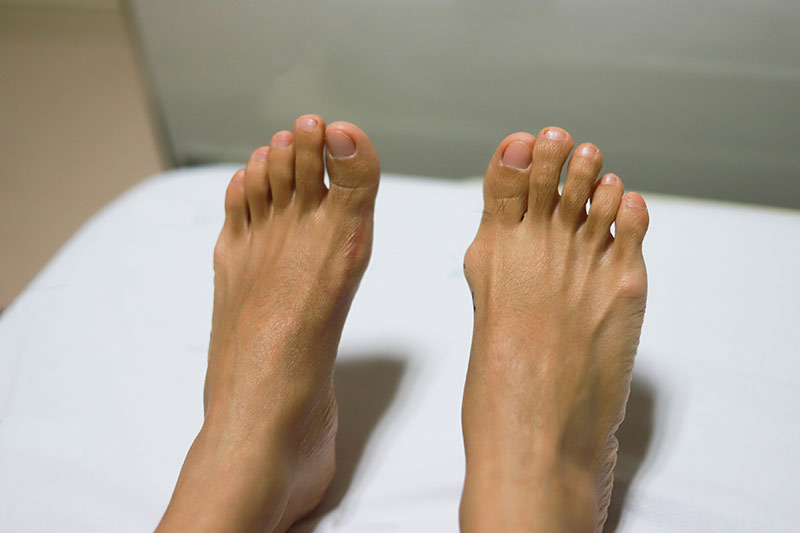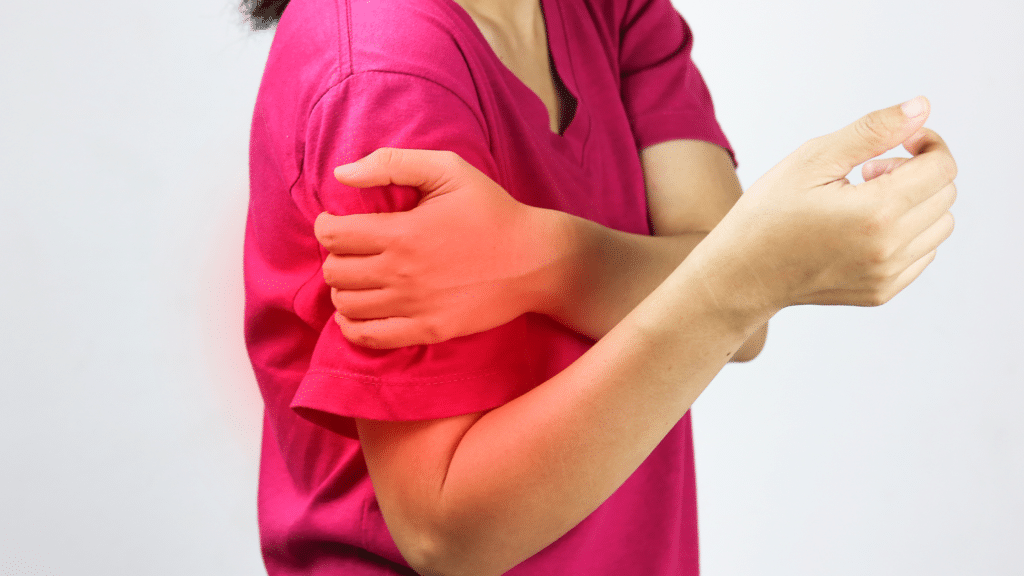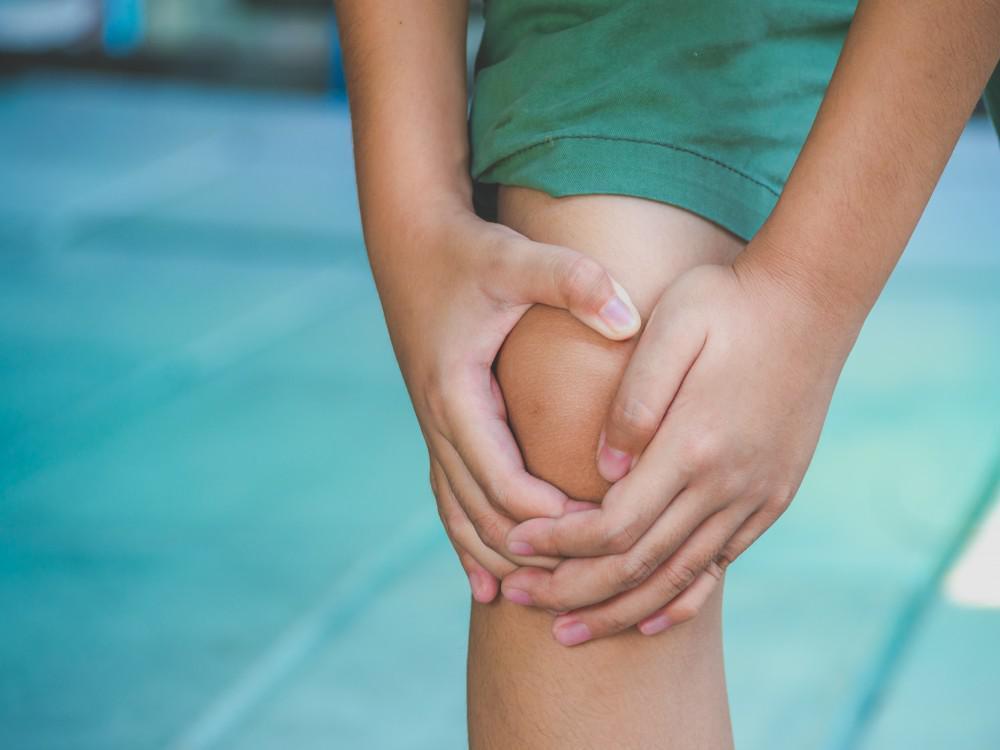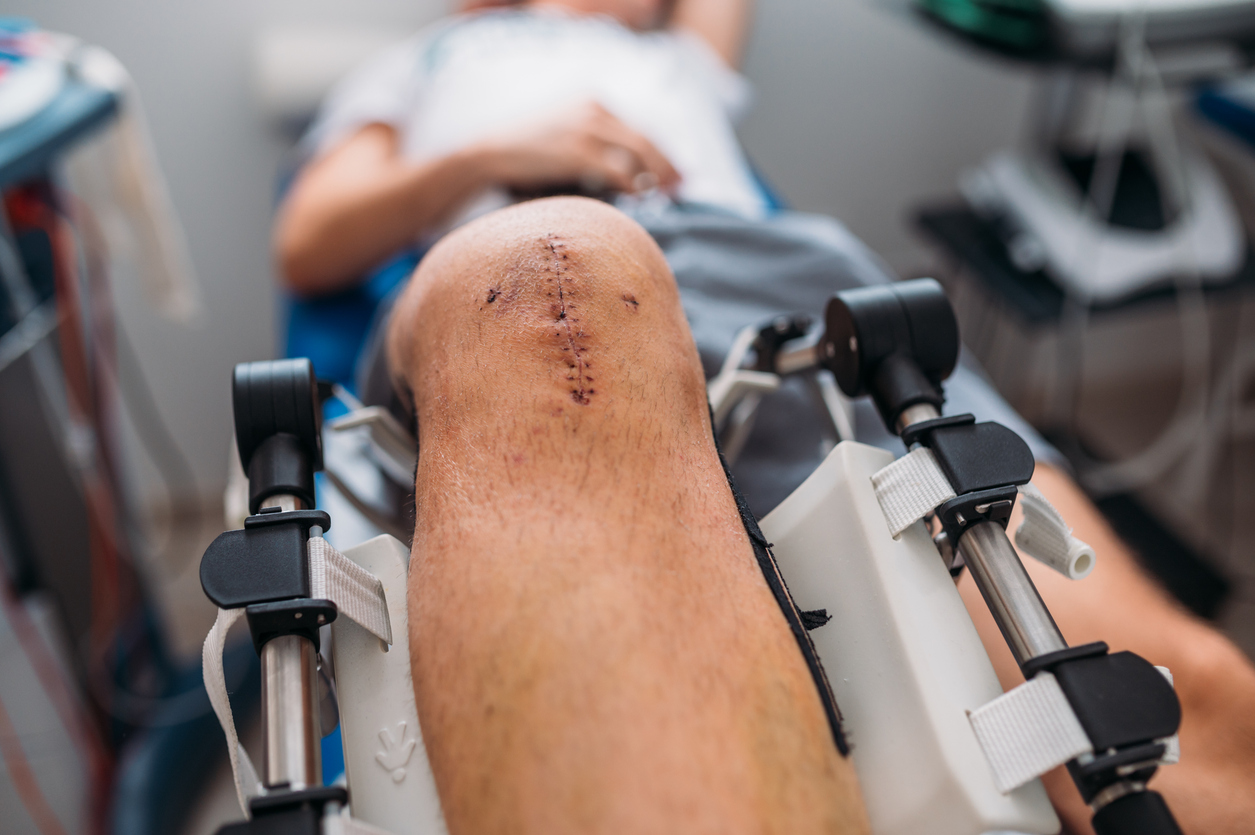Skiing is an exhilarating winter sport, but it comes with its fair share of risks. As more people in Singapore take up skiing lessons before heading overseas for their winter getaways, it’s crucial to understand the importance of proper warm-ups, injury prevention, and post-ski recovery.
In an interview with Lianhe Zaobao, orthopaedic specialist Dr Eileen Tay from HMI Medical Center and The Orthopaedic Practice & Surgery highlights the most common skiing and snowboarding injuries, the best ways to prepare before hitting the slopes, and what to do if an injury occurs. From ACL tears and ankle sprains to dislocated shoulders and fractures, skiing injuries can be serious, but knowing how to assess, manage, and recover properly can make all the difference.
Whether you’re a beginner or an experienced skier, this guide will help you stay safe, react effectively in case of an injury, and enjoy a smooth skiing experience.
Report by Dr Eileen Tay
According to local media reports, more people are visiting local ski centres to learn skiing before traveling abroad for winter ski trips.
Regardless of the sport, there is always a risk of injury. So, what preparations should you make before skiing? What should you do in case of an injury?
Dr Eileen Tay, an orthopaedic specialist at The Orthopaedic Practice & Surgery Clinic and HMI Medical Center, shared in an interview with Lianhe Zaobao that common skiing and snowboarding injuries include anterior cruciate ligament (ACL) tears, ankle sprains, and lower limb fractures. Upper body injuries include shoulder and acromioclavicular joint dislocations, as well as fractures of the collarbone and wrist.
“Skiers tend to suffer more lower limb injuries, while snowboarders are more prone to upper limb injuries.”
Warm-Up Before Skiing
Dr. Tay emphasized the importance of warming up before skiing.
“Basic warm-up exercises should focus on the muscle groups involved in skiing and snowboarding, particularly the glutes and quadriceps in the lower body, as well as the forearm and shoulder muscles in the upper body.”
Some recommended warm-up exercises include:
- Bodyweight squats
- Lunges
- Leg swings
- Arm circles
- Wrist rotations
These exercises help promote blood circulation in the muscles and loosen the joints.
Post-Skiing Recovery
For post-skiing care, Dr. Tay advised stretching the legs, hips, back, and shoulders. Using a foam roller can help massage tight muscles.
“Saunas or steam baths can aid relaxation and increase blood flow to the muscles. Staying hydrated is also crucial. Engaging in low-intensity activities like walking or cycling can help speed up muscle recovery.”
Assess Your Injury If You Fall
What should you do if you get injured while skiing on a slope?
Dr. Tay advised remaining calm and, if possible, moving to a safe area before assessing the severity of the injury.
Skiers should immediately notify ski patrol or the staff at the ski resort, providing details about the accident and location.
You can also place your skis crosswise on the snow above the accident site to warn other skiers.
“While waiting for ski patrol or first aid personnel, if you are trained, you can perform basic first aid measures such as applying pressure to stop bleeding or stabilizing the injured area.”
Dr Tay emphasized that if you get injured while skiing, you should stop immediately to prevent further damage.
When to Seek Medical Attention
Dr Tay provided guidance on when to seek medical help:
- If you experience severe pain
- If the injured limb cannot bear weight
- If you cannot move a body part
- If there is a visible deformity
- If bleeding does not stop
- If you have chest pain or difficulty breathing
- If you feel lightheaded, dizzy, or lose consciousness, which could indicate a concussion
Shoulder dislocations and ACL tears typically require four to six weeks for recovery. Without treatment, the injury may never fully heal and could cause long-term joint instability.
“If you still experience pain, swelling, or instability a month after injury, you should seek medical attention,” Dr Tay advised.
Using the RICE Method for Joint Injuries
For common joint injuries, Dr Tay recommended the RICE method:
- Rest – Avoid using the injured area.
- Ice – Apply ice packs to reduce swelling and pain.
- Compression – Wrap the injured area with a bandage to prevent further swelling.
- Elevation – Keep the injured limb elevated to help reduce swelling.
However, Dr Tay cautioned against prolonged immobilization.
“As soon as the pain allows, you should start moving the injured limb gradually to prevent secondary stiffness.”

